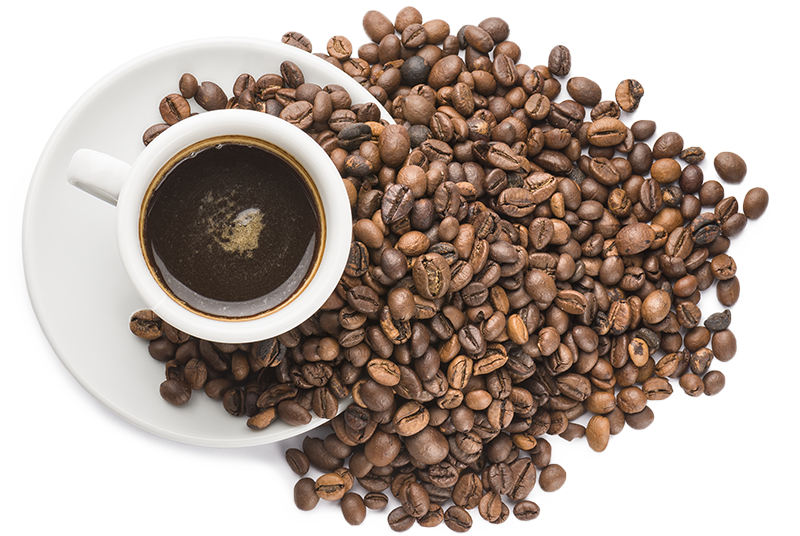Basic Nutritional Principles
Basics of a healthy and long-term nutrition with the Metabolic Balance Program.
Nutritional Principles - the Phases
Step by step to more health and vitality
The Metabolic Balance Nutrition Program is devided in 4 Phases. The length of the phases may dependent on the goal definition. Particularly the Strict Conversion (Phase 2) can be adjusted towards your individual requirements.
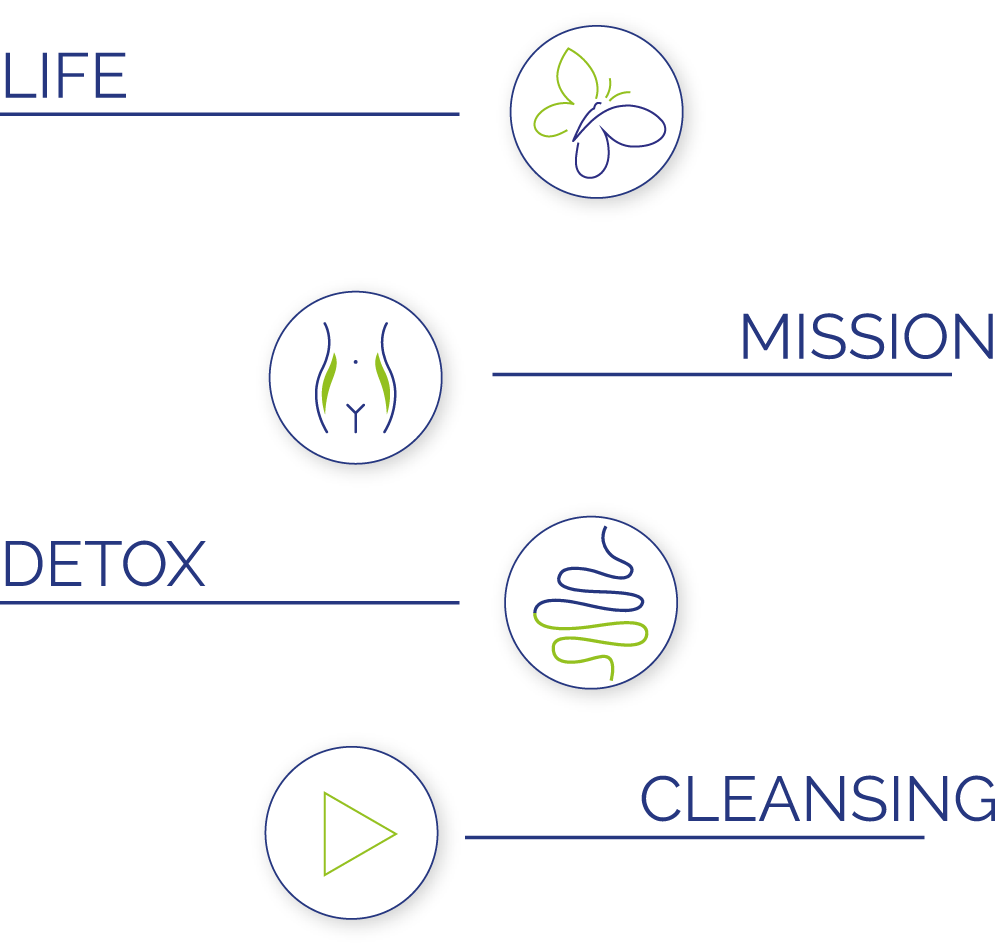
Switching Meals
Breakfast stays at breakfast.
That’s the most important rule. One breakfast option may only be traded for another breakfast. For example, if you’re allowed to eat eggs according to the plan, but you have no breakfast with eggs, you have to do without an egg for breakfast.
Eggs may increase inflammation when eaten at breakfast, but it isn’t the case when eaten later in the day.
However, you may swap foods from your other meals throughout the day, while adjusting the portions accordingly. For lunch you should aim to have 10g less protein than in the evening. As a result, people who consume 75g of tofu on their mid-day meal, but prefer to eat tofu for dinner, should therefore eat 85g of tofu for dinner. At the same time, a meat portion of 130g on the plan for dinner would be reduced to 120g for lunch.
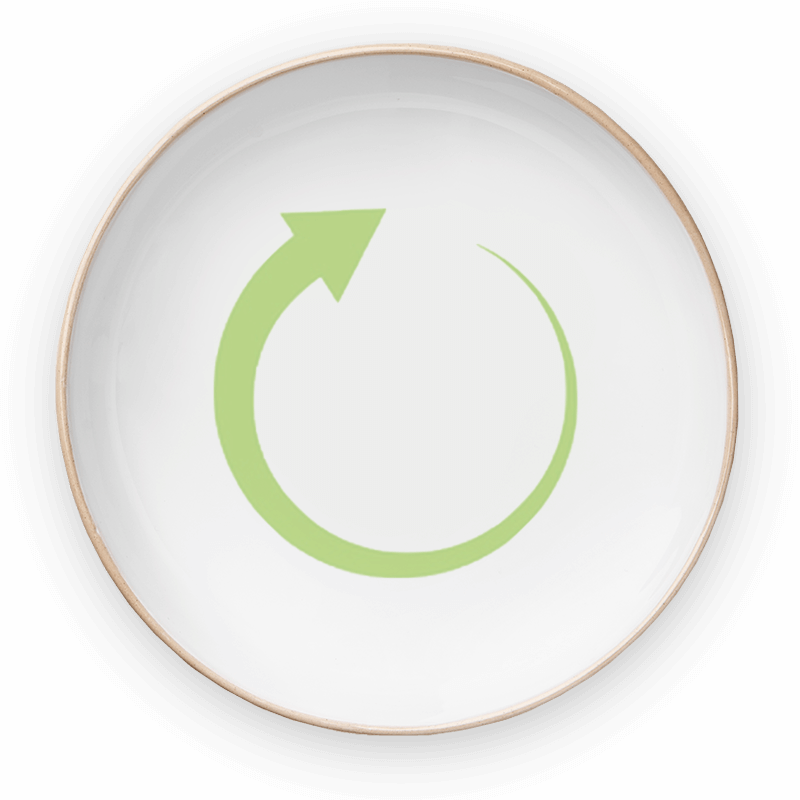
The Story of Bread
Whole Grain Rye Bread
How much rye bread am I allowed to eat?
- This information is stated in your personalized nutrition plan.
- One slice of whole grain sourdough rye bread can weigh 25g.
- One slice of rye crisp bread weighs 10-15g.
- You do not have to eat the amount of rye breat allotted in your plan. However you should not eat more than the stated amount.
Please eat only pure whole grain rye bread - without yeast!
Unfortunately, rye bread may contain up to 10% wheat without having to declare this fact on the label. Your bread should be 100% rye without any other flour added.
Ask your coach for help finding an artisian baker and the best rye bread suitable for Metabolic Balance.
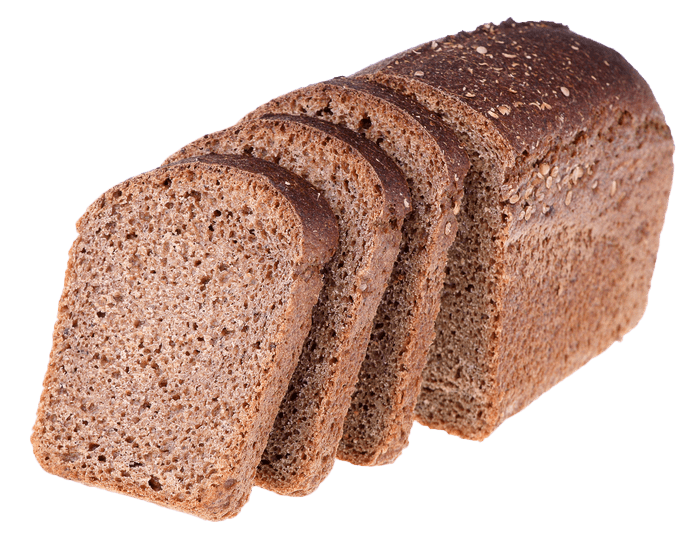
Suitable:
- Whole Grain Sourdough Rye Bread
It consists of whole grain rye flour; the flour may have been ground in different coarseness. - Whole Grain Rye Crisp Bread
Please check whether the crisp bread you buy is in fact whole grain rye and no other grains used. There are many crisp breads that contain other flours or refined flours.
Not Suitable:
- Multi Grain Bread
Read the label on the package carefully or ask the baker. Most whole grain breads are not really whole grain at all. They are baked with flour extracts, grain shreds, and often with oil seeds. Most of them contain yeast and very often molasses or other colorings, flavors, and sugars are added. Look for pure whole grain rye bread made exclusively with sourdough. - Pumpernickel
-
Most pumpernickel bread is made with added molasses, which is a sugar syrup that gives them their dark color and sweet taste. Even though, pure rye pumpernickel is also available without this added molasses, it is not suitable for the Metabolic Balance meal plan. A pumpernickel has a really long baking process and therefore develops a sweet taste. During the baking process, sugar is formed and this could lead to frequent sugar cravings.
What is Sourdough?
Sourdough is a fermented dough that acts as a natural baking agent. Baking with sourdough requires skill, experience, and time. And, this is why sourdough is hardly used for baking. Sourdough is often only added (as powder) for breads that are simply prepared with yeast to make the bread "fluffy".
Why Sourdough - the long Fermentation - and no Yeast?
- Sourdough and its long fermentation break down the bran of the grain, while neutralizing phytic acid. As a result, sourdough bread tastes better and is simply much easier to digest.
- Rye sourdough bread takes a long time to become “bakeable” and the long-fermentation enables this process.
- Increases freshness and protects against mould.
- Taste and aroma evolve naturally.
When yeast is added, these processes are greatly accelerated; however, this affects the quality of the bread and its digestibility.
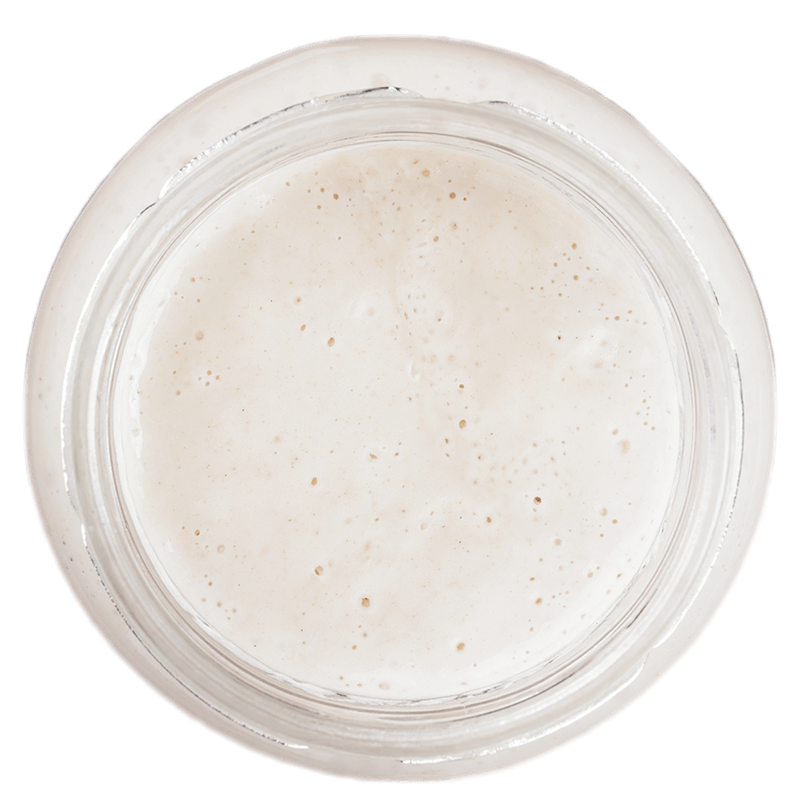
Why does Metabolic Balance only recommend Whole Grain Rye Bread?
In the case of whole grain rye bread, our metabolism needs a lot of time to break down glucose from the starch. As a result, the insulin level only rises very slowly. On the contrary, as is the case with simple carbohydrates, where the insulin skyrocket only to drop sharply again and this makes you hungry. This also stimulates the carbohydrate metabolism and blocks the fat metabolism.
Thus, the whole grain rye bread will satiate you faster, keep you full longer and has more beneficial fiber.
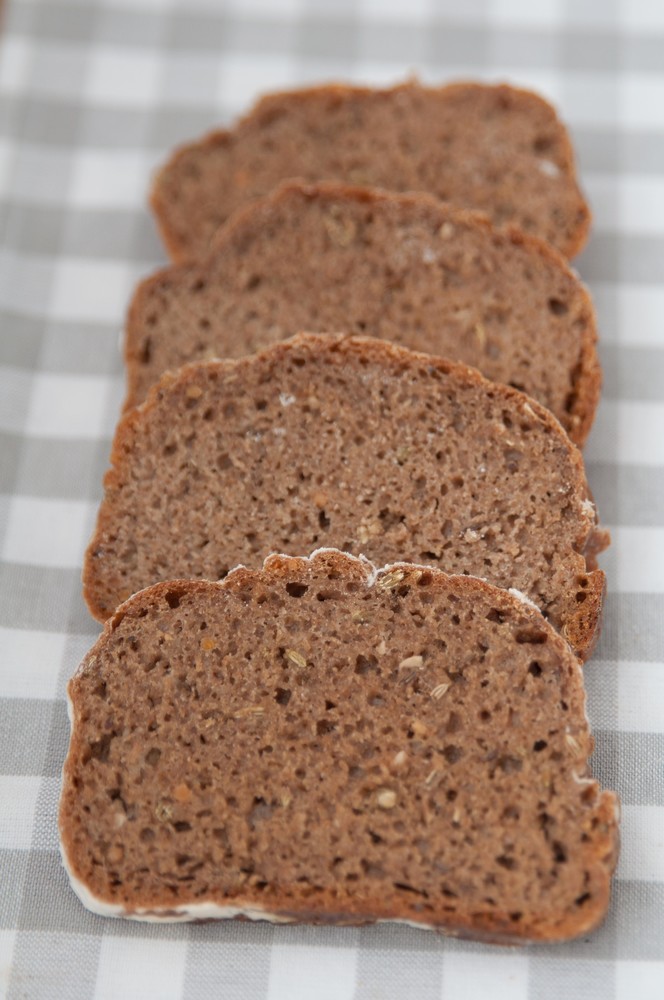
Check-Point Fruits
- Never mix fruits, please.
- With every meal eat only one piece of fruit.
- Eat a different type of fruit with every meal.
- Enjoy one apple a day.
- Eat your fruit within the hour of the meal. Not as a snack.
If you have dried fruit on your plan, you can exchange it for fresh fruit in the ratio of 45g dried fruit to 120g fresh fruit. However, substituting dried fruit for fresh fruit is not permitted. In general, eat only the fruit specified in your plan.
Check-Point Vegetables & Lettuce
You can switch suggestions for vegetables and lettuce on your meal plan - you are also allowed to mix lettuce and vegetables.
But, during the strict conversion avoid vegetables and lettuce that is nit listed on your food list. By the way, potatoes are not a vegetable (or lettuce).
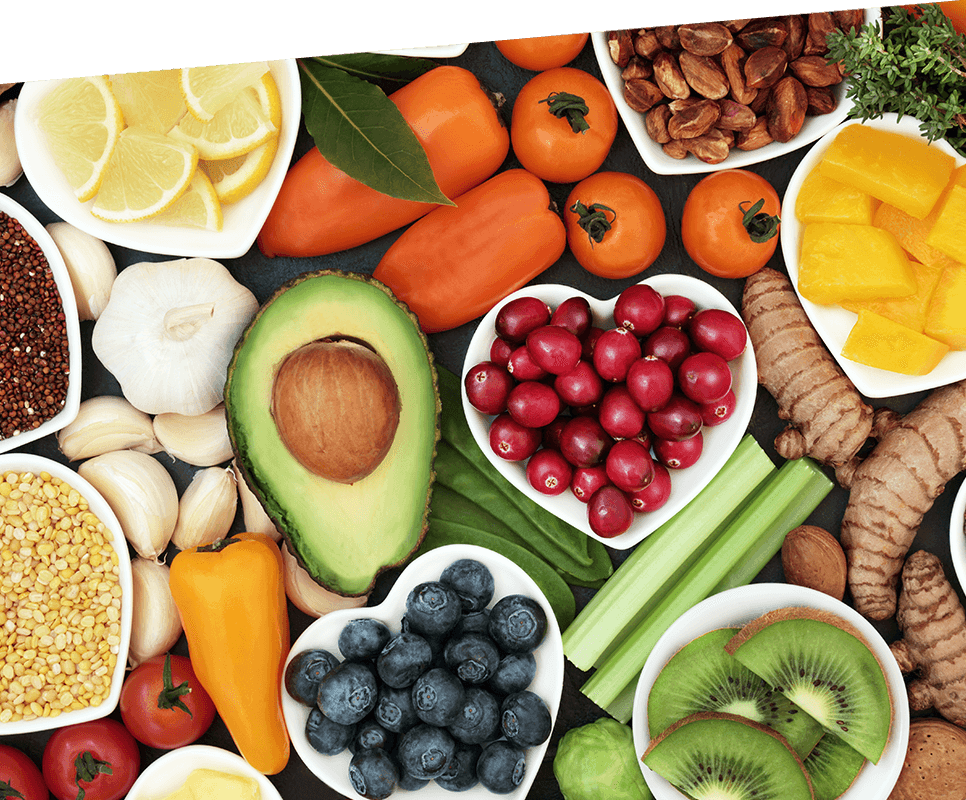
Check-Point Protein
- Start every meal with a couple of bites of protein.
- Eat only one type of Protein per meal please.
- Please eat every type of protein only once per day.
- Do not mix proteins. Whether within a group (2 kinds of meat) nor among the groups (e.g., meat with cheese).
Specifics about Soy
Products from soy groups 1 and 3 can be eaten on the same day, but not at the same meal, because the essential amino acid spectra is different.
We devide soy into the different groups:
- group 1: soy beans, soy milk, tofu (fresh or smoked)
- group 2: soy yogurt
- group 3: soy sprouts
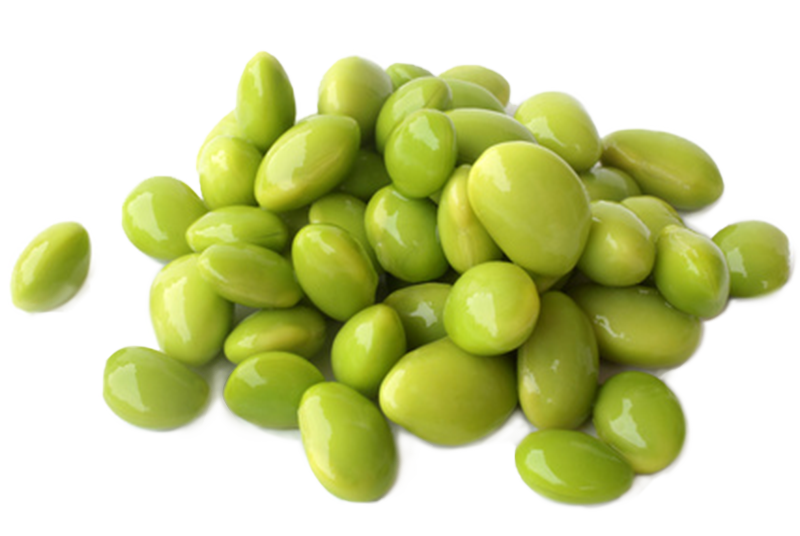
Fish and Seafood
Are two separate protein groups. This means that on the same day you can have a meal with fish and a meal with seafood.
You’re not allowed to combine them during meals though. For instance, you’re not allowed to eat fish with shrimps. The quantities of fish and seafood are identical.
Protein Groups
- Meat (including: cooked ham, prosciutto – and also oestrich)
- Poultry (all feathered animals – except ostrich)
- Fish
- Seafood
- Cow Milk Products (cheese, milk, yogurt)
- Sheep- and Goat Milk Products (cheese, milk, yogurt)
- Mushrooms (only oyster and shiitake - all other mushrooms count to vegetables)
- Eggs
- Nuts and Seeds
- Sprouts
- Legumes
- Soy and Soy Products
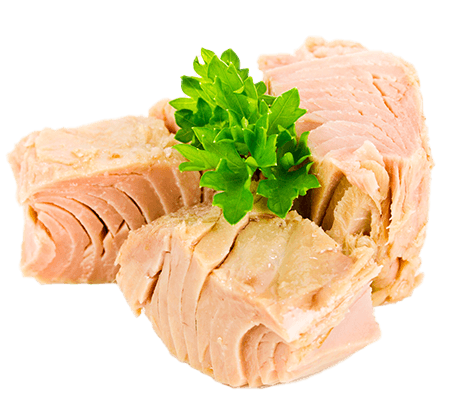
Check Point Fats & Oil
In phase 1 (preparation) and the following 14 days of strict conversion (phase 2), the addition of oils is not permitted. But, after the first initial 16 days, feel free to consume oil.
Anyone who has never really tried those healthy fats before will now discover a new world. There is an incredible number of oils, each with its own qualities and taste sensations.
How much Oil can I consume?
Three tablespoons per day should be the minimum. Experiment with the oils. Many of our clients consume more oil and feel great afterwards.
We recommend that you use at least one to three tablespoons of flaxseed oil per day. Flaxseed oil contains omega-3 fatty acids and is the star of the recent research into the prevention of diabetes and Alzheimer’s disease. However, reliable studies are not yet available.
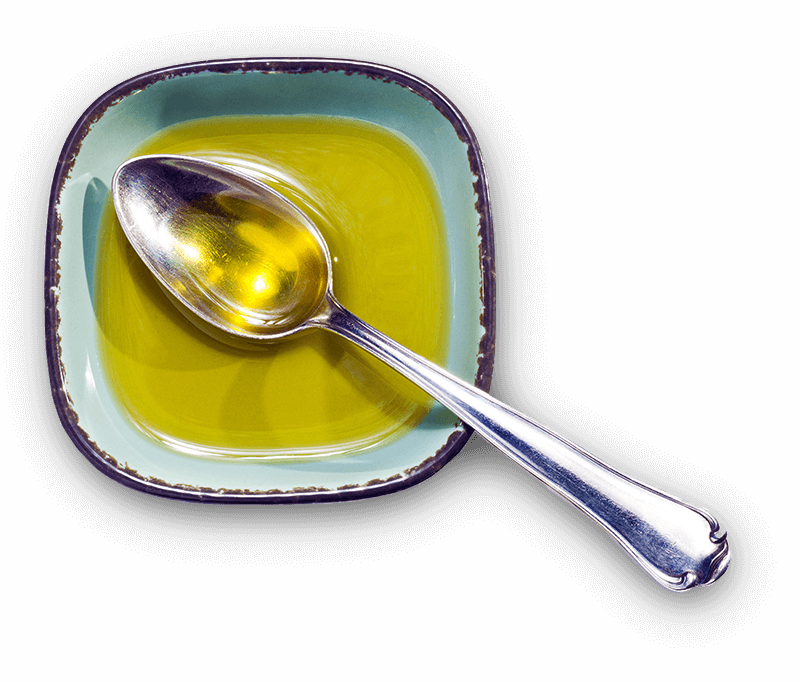
Cooking with Oil
Please, never heat cold-pressed oils. This will reduce their taste and their overall nutrient value. We recommend native virgin coconut oil or ghee for frying. They are very heat-resistant with a high smoke point, which is useful to sauté vegetables or for frying.
Seasoning with Oil
If you’ve only used oil in salad dressings and for frying until now, then your taste buds are in for a treat. Many of our clients season their food with oil. Some people also add a teaspoon of flax seed or nut oil to their yogurt in the morning. Others will sprinkle a little chili oil over their fried fish. Just try, experiment and see what tasts best to you.
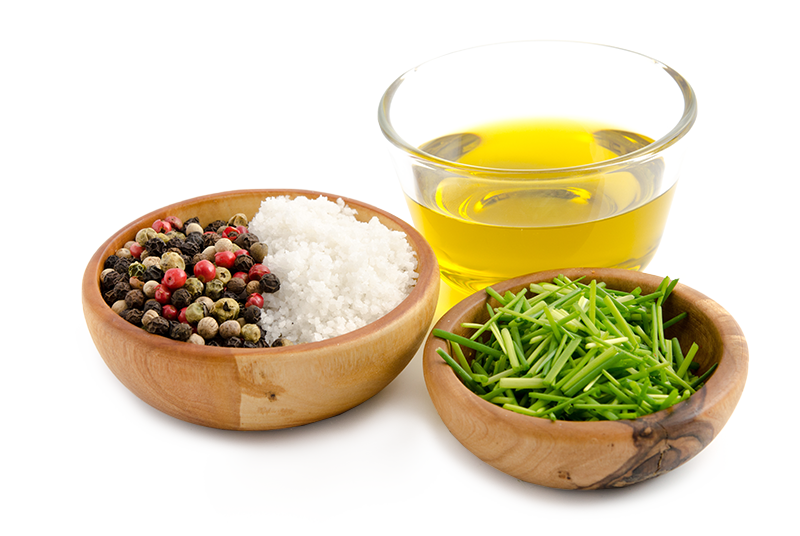
Selecting Oil
Please make sure that the oil you use comes from organic, biodynamic cultivation. Many harmful substances are fat-soluble, and therefore they remain in the oil and enter your body. This also applies particularly to pollutants from plastic packaging.
Esure that your oil has not been chemically filtered.
Oil loses quality and taste when exposed to light and air. This is why ambitious oil manufacturers make sure they use closed systems. Therefore, if you purchase oil made by hand in a small ancient oil mill with open millstones on a vacation or trip, you have not necessarily bought the best possible product.
On the other hand, even small, commited oil farmers bring their harvest to highly professional closed presses and the final product is a high-quality oil. The size of the manufacturer does not necessarily result in the quality of the product.
Furthermore, pay attention to the packaging of your oil. Light and air should not be able to enter the bottle.
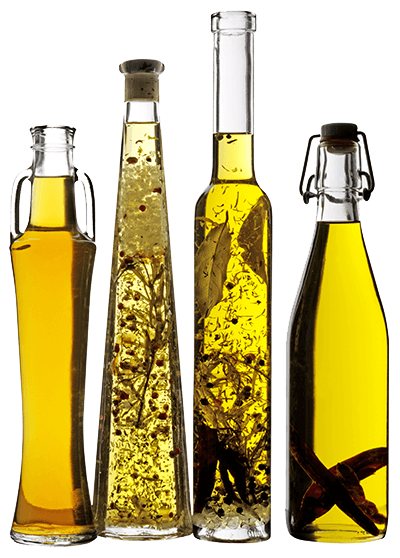
Omega-3- and Omega-6-Fatty Acids
Omega-3 and Omega-6 fatty acids have important functions in many metabolic processes, and these functions influence each other. Omega-3 and Omega-6 fatty acids are the basis for the formation of hormones, which in turn are indispensable for metabolic processes, such as blood clotting, inflammatory processes, and cell renewal. Deficiencies in Omega-3 and Omega-6 fatty acids can lead to growth disorders, skin changes, and a greater risk of infection.
The human organism, however, cannot produce those fatty acids, thus they must be supplied through our food intake.
The Omega-3 fatty acids, eicosapentaenoic acid (EPA) and docosahexaenoic acid (DHA) are found abundantly in fatty fish, such as tuna, mackerel, salmon, or herring. People who do not like to eat fish have vegetable alternatives such as flaxseed oil, camelina oil, hemp oil, walnut oil or rapeseed oil. Flaxseed oil, with an alpha-linolenic acid (ALA) content of 50%, is one of the richest sources of this important fatty acid.
Among others, Omega-6 fatty acids include linoleic acid (LA) and arachidonic acid (AA). Good sources of linoleic acid mostly include sunflower oil, safflower oil, and wheat germ oil, but there are many others as well.
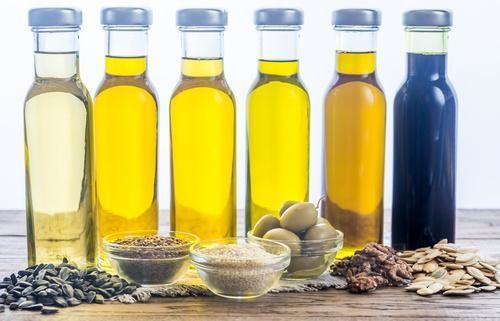
Check Point Herbs and Spices
Garlic, ginger, and fresh herbs may be used in typical spice quantities, even if they are not specifically listed in the plan.
The situation is different with onions, however; since they count as vegetables and may only be eaten if they are listed in the vegetable section of your plan.
Lemons may only be used if they are on your fruit list, but a tiny bit of grated lemon zest may be sprinkled on your food in small amounts. Please ensure that you use organic and chemical-free lemons!
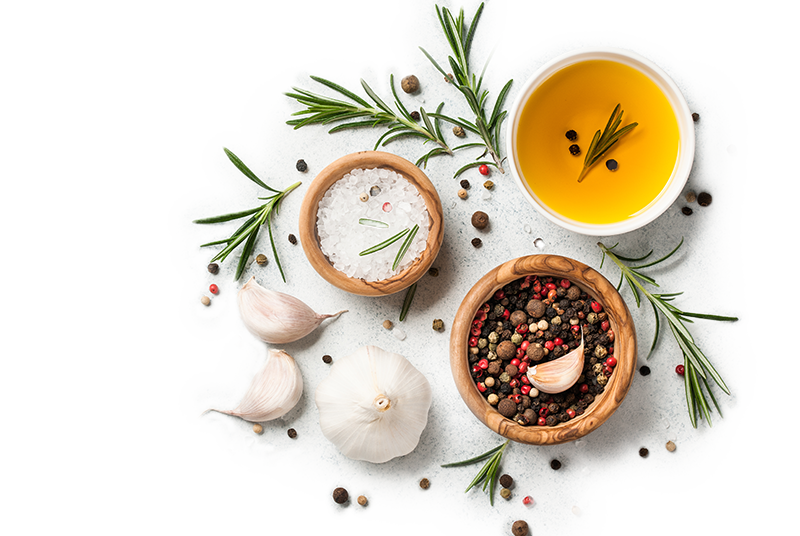
Check Point Coffee
Whether or not you want to drink coffee is ultimately up to you. Many clients decide to give up coffee altogether during their conversion and stick to this decision in the long run. Although, in terms of its cultivation and ingredients, coffee has its controversial side, while it also comes with potential side effects. Risks of drinking coffee include caffeine addiction, chronic fatigue, and anxiety.
But, if you decide to drink coffee, consume it only within the hour of the meal. Avoid drinking coffee between meals.
Do not count the amount of coffee you drink towards your water consumption.
And please, don’t add milk, sugar or sweetener to your coffee!
In the beginning, many clients are horrified by black coffee, but almost everyone gets used to it very quickly and some of them later lose their taste for drinking coffee with milk.
